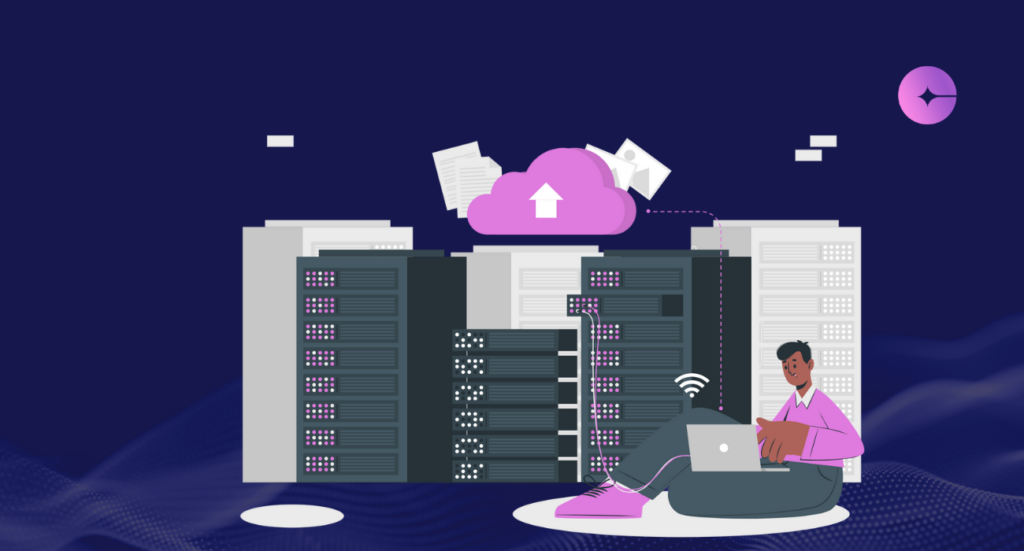Ensuring Compliance and Security: Key Features of Document Management Software in HR Department
Compliance and security are paramount in HR operations, especially concerning sensitive data handling. Document Management Software (DMS) offers robust features focused on Compliance and Security, including Data Encryption, Compliance Checks, and Disaster Recovery. This blog explores these key features and their significance in safeguarding HR data and ensuring regulatory compliance within organizations. Data Encryption: Data Encryption is a fundamental aspect of DMS, employing robust encryption techniques to safeguard sensitive HR data. Encryption transforms data into unreadable ciphertext, ensuring that even if unauthorized access occurs, the data remains protected and inaccessible. By encrypting HR documents and communications, DMS enhances data security, mitigates the risk of data breaches, and ensures compliance with data protection regulations such as GDPR, HIPAA, and CCPA. Compliance Checks: DMS conducts comprehensive compliance checks to ensure that HR documents adhere to regulatory requirements and internal policies. These checks encompass data retention periods, privacy regulations, access controls, and document management standards. By verifying document compliance, DMS helps organizations avoid legal risks, penalties, and reputational damage associated with non-compliance. Compliance checks also support audit readiness, demonstrating adherence to regulatory standards during compliance audits. Disaster Recovery: Disaster Recovery features integrated into DMS are crucial for mitigating data loss and downtime during unforeseen events such as natural disasters, cyberattacks, or system failures. DMS includes data backup mechanisms, recovery options, and continuity planning strategies to ensure data resilience and business continuity. By implementing disaster recovery measures, organizations can minimize disruptions, restore operations quickly, and protect HR data integrity, maintaining trust and confidence among stakeholders. Benefits of Compliance and Security Features in DMS for HR: Data Protection: Robust encryption and compliance checks protect sensitive HR data, ensuring confidentiality and integrity. Regulatory Compliance: DMS facilitates compliance with data protection regulations, privacy laws, and industry standards, mitigating legal risks. Risk Mitigation: Disaster recovery features minimize data loss, downtime, and operational disruptions, enhancing data resilience and business continuity. Trust and Confidence: By prioritizing compliance and security, organizations build trust and confidence among employees, clients, and regulatory authorities. In conclusion, Compliance and Security features in Document Management Software play a pivotal role in safeguarding HR data, ensuring regulatory compliance, and mitigating risks associated with data breaches and non-compliance. By leveraging encryption, compliance checks, and disaster recovery measures, organizations can protect sensitive HR information, uphold data integrity, and foster a secure digital environment conducive to HR operations.









